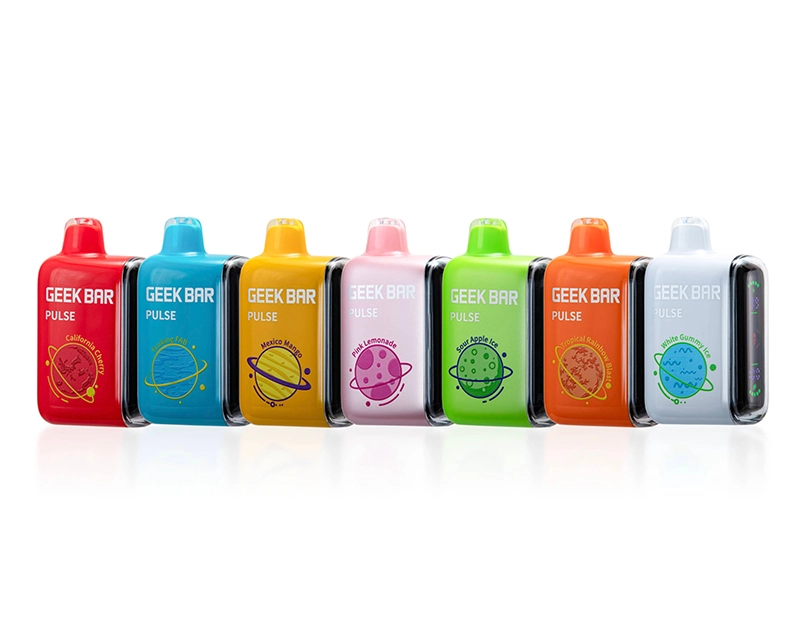LIFESTYLE
Best Catfish Baits That Don’t Waste Your Weekend
April 8, 2025
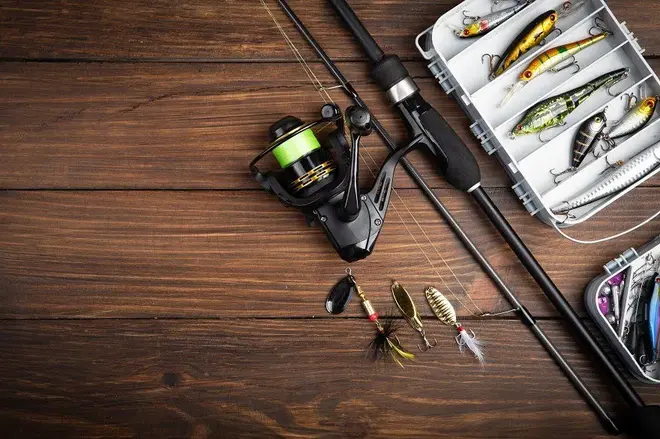
Catching catfish isn’t complicated, but the bait matters. Some baits work better than others depending on where you’re fishing and what type of catfish you’re after. Here are 10 of the most reliable baits people use to catch catfish. Each has pros, cons, and a specific way to use it.
What’s Covered: Best Catfish Baits Listed
1. Chicken Liver
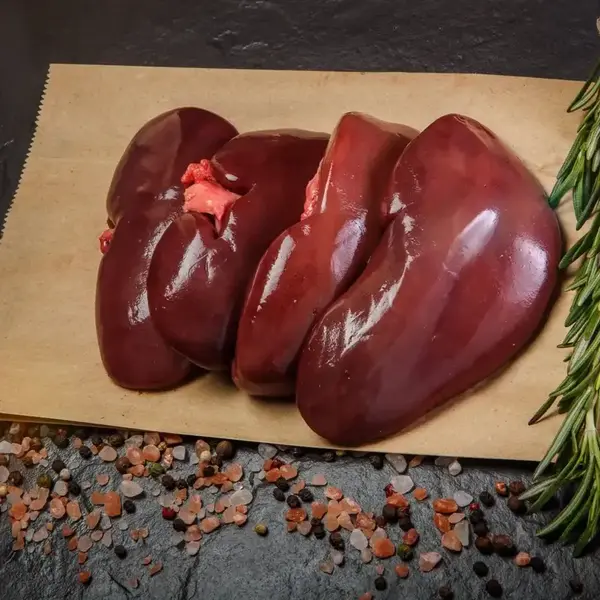
Chicken liver is cheap, easy to find, and it works well, especially for channel catfish. The strong scent spreads through the water fast, which draws catfish in from a distance. You don’t need to do much to prepare it. Just hook a piece onto a treble hook or wrap it in some mesh if it's too soft. Liver tends to fall apart in current, so calm waters work better. If you want to toughen it up a bit, let it sit in the sun for a few hours or freeze it before use. Some folks soak it in garlic or Kool-Aid powder for extra scent, but it’s not necessary.
The downside? It’s messy. Your hands and gear will smell like it for a while. And if you're not careful, it’ll fly off the hook during a strong cast. Still, chicken liver is a top choice if you're bank fishing in a pond, slow-moving river, or a lake where channel cats hang out.
2. Nightcrawlers
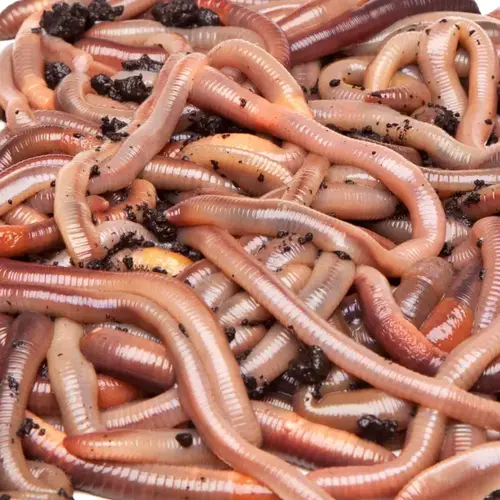
Nightcrawlers are classic bait. They catch almost anything, and catfish love them too. They wiggle and move on the hook, which makes them easy for fish to notice. You can find them at bait shops, gas stations, or dig them up after rain. Use a basic hook, thread one or two worms on, and you’re good to go. They work great under a bobber or just sitting on the bottom with a sinker.
Nightcrawlers are best for smaller catfish, like channels or bullheads. Big flatheads and blues usually ignore them unless they’re really hungry. The main issue is that other fish like bluegill, perch, and even turtles go after worms too. So if you’re only after catfish, worms can be hit-or-miss. Still, they’re great for beginners or kids learning to fish. They’re also legal almost everywhere, and they don’t stink up your cooler or tackle box.
If you want to make them more effective, try using more than one worm per hook. Let them dangle and wriggle. That movement makes a difference. They’re not fancy, but they get the job done, especially in small lakes, creeks, and rivers.
3. Cut Bait (Shad, Bluegill, or Carp)
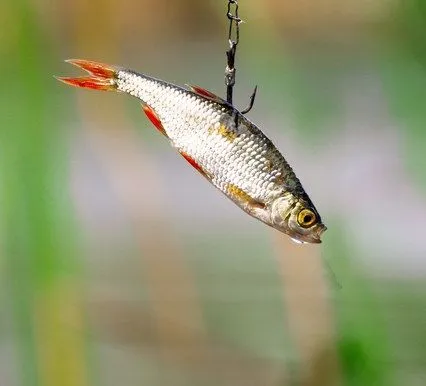
Cut bait is one of the most effective baits for big catfish, especially blues and flatheads. You just take a small fish like shad, bluegill, or carp and cut it into chunks. The blood, oil, and scent that comes out attracts catfish from far away. Head pieces are usually the best part to use, but body chunks work too. It depends on how big your hook is and how strong the current is.
Flatheads like fresh bait that's still bleeding. Blues will take fresh or slightly aged bait. Channel cats also go for cut bait, but usually smaller pieces. You can catch baitfish yourself with a cast net or hook and line. Just check local laws, because not every state allows you to use game fish for bait.
You can fish cut bait on a bottom rig or under a float. Make sure it stays on the hook well. If you’re casting far or dealing with current, use a bait thread or elastic wrap. Cut bait doesn’t smell great, and you’ll need a cooler if you're fishing in the heat. But if you’re serious about catching big cats, this bait should be in your mix.
4. Dip Bait
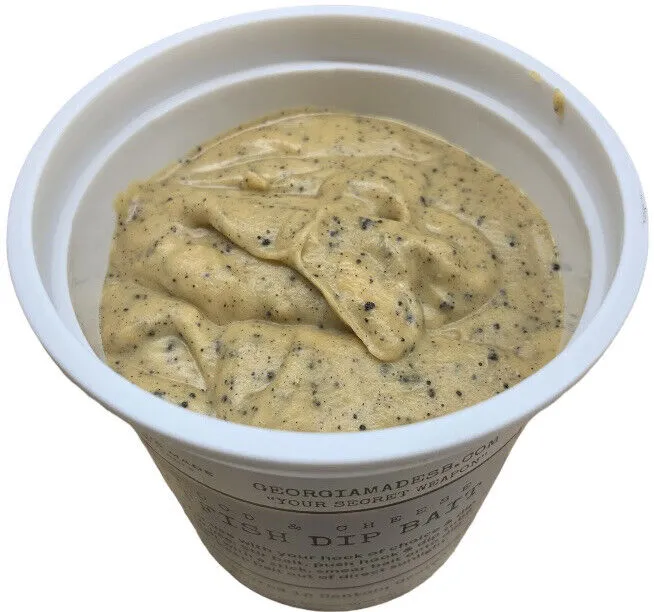
Dip bait is a sticky, smelly paste that you smear on a special dip bait hook or sponge. It’s made to attract channel catfish. It’s not natural, but it works. The strong smell spreads in the water quickly and keeps drawing fish in. You can find dip baits in tackle shops or online. Some are thick, some are runny. Make sure to match the hook to the bait texture.
This bait works best in warmer water, usually late spring through early fall. In cold water, the scent doesn’t spread as well. You cast it out, let it sit, and wait. If the bait washes off, reel it in, reapply, and throw it back out. It’s not a one-and-done type of bait. You’ll be rebaiting often.
It’s not the cleanest bait to work with. It gets on your hands, gear, and clothes. But it’s one of the best for channel cats in lakes and rivers. If you want numbers over size, dip bait is hard to beat. Don’t use it for flatheads or big blues though. They tend to ignore it.
5. Stink Bait
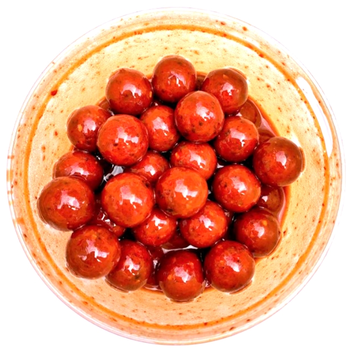
Stink bait is like dip bait, but even smellier. It comes in different forms—paste, dough, or chunks—and is made to attract catfish using scent. The worse it smells, the better it works. Some anglers make their own using cheese, meat, blood, and other foul stuff. Store-bought stink baits are less messy, but still strong.
This bait is best for channel catfish. Blues and flatheads usually pass. Use a treble hook or bait holder hook. If it's soft, use bait thread or mesh. It doesn’t need movement. Just cast it out and let the smell do the job. It works better in warm weather and still water.
The problem is the smell. It stays on your hands for hours. And if it gets on your car or cooler, good luck getting it out. But when nothing else works, stink bait can still catch fish. Keep it sealed tight and bring wipes or soap.
It’s a go-to for some anglers. Especially in heavily fished areas where catfish have seen everything. They may not want a worm, but a big whiff of stink might change their mind.
6. Shrimp (Fresh or Rotten)
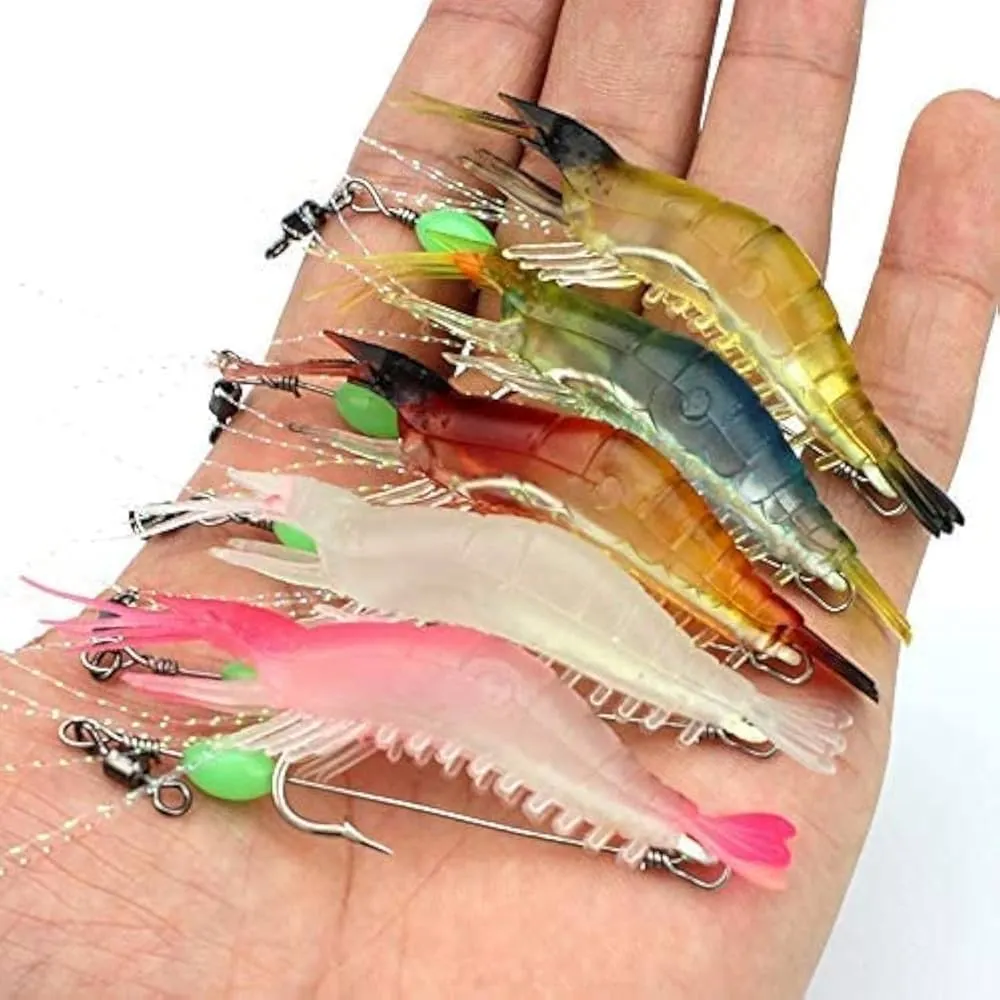
Shrimp is easy to use and available almost anywhere. You don’t need to do much prep. Just take a raw shrimp, peel it if you want, and hook it through the tail. You can use the whole thing or cut it in half for smaller hooks. Some anglers prefer letting shrimp rot a bit to make the scent stronger. Others use it fresh out of the pack.
Shrimp catches channel cats, blues, and sometimes even flatheads. It’s a decent all-around bait. It’s not super strong smelling on its own, so some people soak it in garlic, Kool-Aid, or anise oil. But that’s optional.
It works best in warmer months. In cold water, other baits tend to do better. You can use it on the bottom or under a bobber. Just keep in mind it’s not the toughest bait. Fish can pull it off the hook easily, especially if you're using small pieces.
If you’re fishing from shore and want something simple and not too messy, shrimp is a solid option. Plus, if the fish aren’t biting, you can always fry it up. Not many baits double as lunch.
7. Hot Dogs

Hot dogs seem like a joke, but they work. Especially for channel catfish. They’re cheap, easy to rig, and available everywhere. You don’t need to do much to prepare them. Just cut them into chunks, thread them on a hook, and toss them in. Some anglers soak them in Kool-Aid, garlic, or Jell-O powder to give them more scent, but plain hot dogs catch fish too.
They’re not as smelly as stink bait or liver, but they hold together better and cast well. That’s a big plus when fishing from the bank. Use a basic bottom rig with a sinker, or let them float just off the bottom. Channel cats usually take them without hesitation.
They’re not ideal for flatheads or blues. Those cats like fresh meat. But if you’re fishing in a pond or lake with lots of small to medium channels, hot dogs are solid bait. No need to overthink it.
The only downside is that turtles and other fish like them too. So if you’re missing bites, that might be why. Still, for casual fishing or when you’re just out for fun, hot dogs are hard to beat.
8. Punch Bait
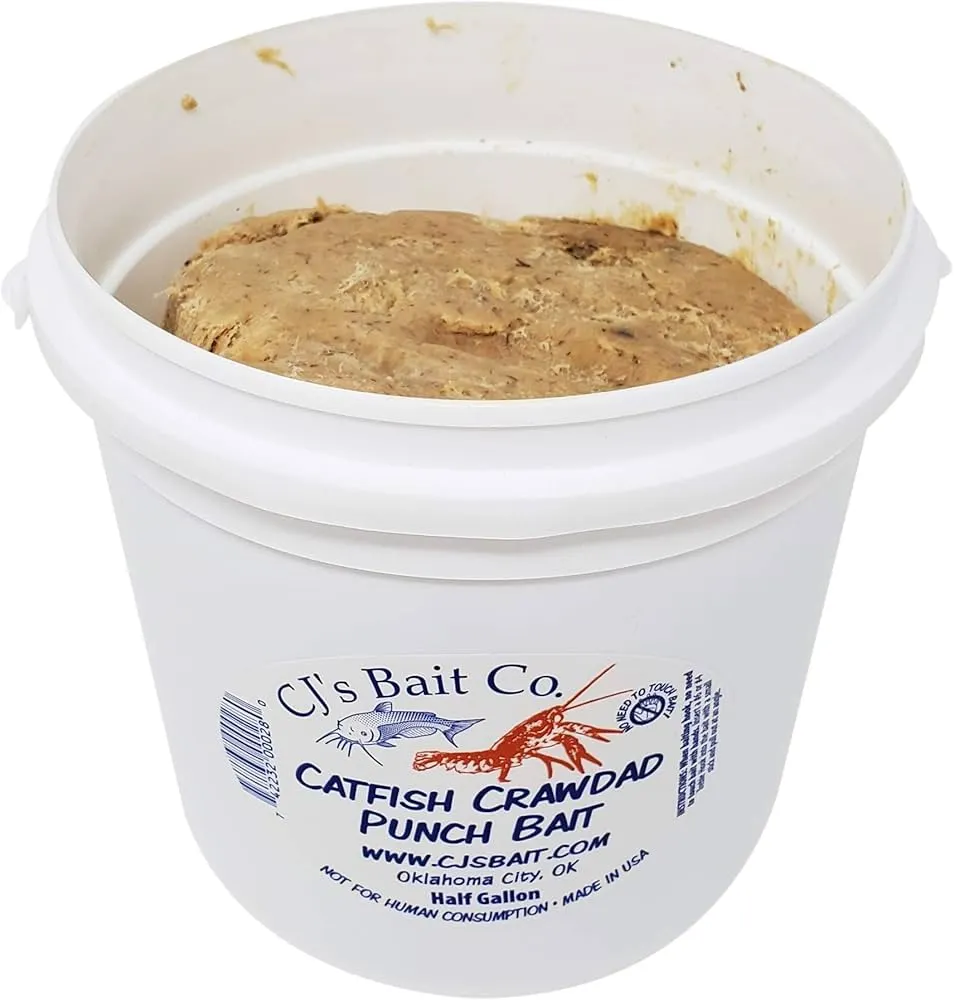
Punch bait is another strong-smelling option that’s popular in southern states. It’s thick, sticky, and full of cheese, blood, and fiber to help it cling to a treble hook. You don’t dip it. You literally punch your hook into the tub and pull it out ready to fish. That’s where the name comes from.
It’s mainly used for channel cats. The scent spreads out fast, and it stays on the hook longer than dip bait. You can cast it far without losing your bait. That makes it good for rivers and big lakes.
Some people hate the mess. Others swear by it. Either way, it’s effective. You don’t need to refrigerate it, and it lasts a long time. It works best when the water is warm. Don’t expect much in cold seasons.
Use it with a rod holder and a bit of patience. Catfish usually sniff around for a while before biting. If you’re getting small taps, wait them out. Eventually, one will grab it and run.
Punch bait isn’t for everyone, but it deserves a spot in the box if you’re targeting channels and want something simple but powerful.
9. Skipjack Herring
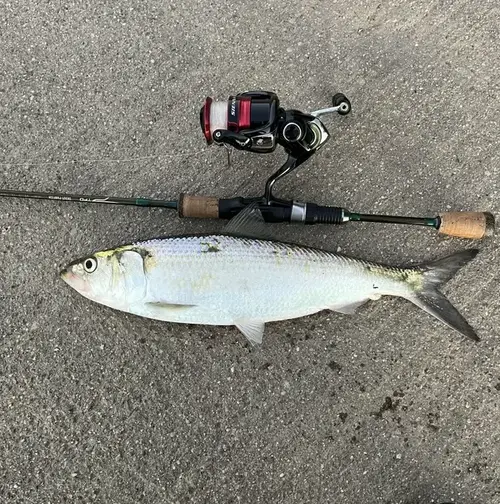
Skipjack is one of the best baits out there if you're going after big blue catfish. It’s an oily fish, and that oil carries scent through the water better than most other baitfish. You can use it fresh, frozen, whole, or cut into chunks. Most anglers prefer to cut it into small pieces and use the head section because it holds up on the hook and leaks more scent.
It’s not always easy to find. You usually have to catch it yourself with a cast net or by snagging. You can’t always buy it at a bait shop unless you’re near a river where it’s common. If you’re serious about targeting trophy blues in big rivers like the Mississippi or Tennessee, skipjack should be at the top of your list.
It works best on a bottom rig, especially if you’re anchoring in current. You want to get that scent trail moving downstream. Use a big hook and give the fish time to take the bait. Big blues don’t nibble—they slam it.
The only real downside is availability. But if you can get your hands on skipjack and keep it fresh, it’s one of the most productive baits for big catfish.
10. Live Bluegill

Live bait is hard to beat when you’re targeting flathead catfish. And bluegill is one of the best options. It’s legal in many places as long as you catch it yourself and follow size limits. Flatheads like live prey, and they’ll hold onto it longer than they would with cut bait or stink bait. A lively bluegill sends out vibrations that flatheads can feel through their lateral line. That’s what gets their attention.
You’ll need a decent-sized hook and a way to keep the baitfish alive. Use a float rig or a simple bottom rig. Hook the bluegill through the back or the lips, and cast it near cover—like log jams, deep holes, or rocky edges. That’s where flatheads like to hide.
Bluegill can also catch big blues and the occasional channel cat. But they really shine when you’re focused on flatheads. Just don’t expect a lot of bites. You’re playing the long game for one big fish. If you’re okay with sitting for hours waiting for that one strike, this is the bait for it.
It takes more gear and patience, but using live bluegill can put you on some of the biggest catfish you’ll ever catch.
How to Pick the Best Catfish Bait for Your Spot
Whether you're new to fishing or have done it for years, choosing the right catfish bait depends on what you're after and where you’re fishing. Chicken liver and worms are great for channels in small lakes. Cut bait and skipjack bring in the big blues. Live bluegill is what you want for flatheads hiding in deep cover. Dip baits, stink baits, and punch baits can catch fish when other options fail. Even hot dogs and shrimp can work on the right day.
It’s not about fancy gear or spending a lot of money. What matters most is knowing what bait works for the kind of catfish you're chasing and being ready to wait. Catfish bite when they’re ready, not when you are. Keep it simple, stay patient, and stick with what works. The right bait makes all the difference.





